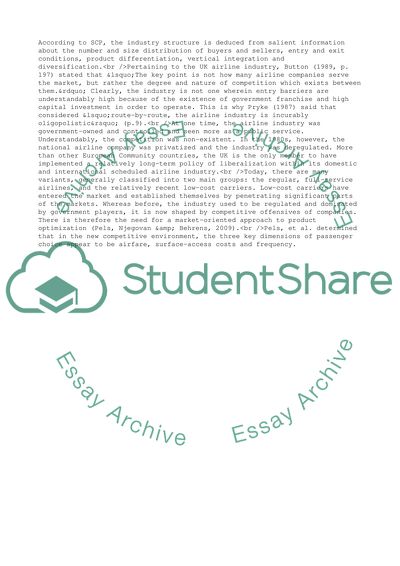Cite this document
(The UK Airline Industry Case Study Example | Topics and Well Written Essays - 1500 words - 26, n.d.)
The UK Airline Industry Case Study Example | Topics and Well Written Essays - 1500 words - 26. https://studentshare.org/business/1733164-economics
The UK Airline Industry Case Study Example | Topics and Well Written Essays - 1500 words - 26. https://studentshare.org/business/1733164-economics
(The UK Airline Industry Case Study Example | Topics and Well Written Essays - 1500 Words - 26)
The UK Airline Industry Case Study Example | Topics and Well Written Essays - 1500 Words - 26. https://studentshare.org/business/1733164-economics.
The UK Airline Industry Case Study Example | Topics and Well Written Essays - 1500 Words - 26. https://studentshare.org/business/1733164-economics.
“The UK Airline Industry Case Study Example | Topics and Well Written Essays - 1500 Words - 26”. https://studentshare.org/business/1733164-economics.


